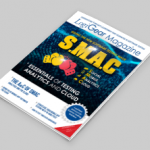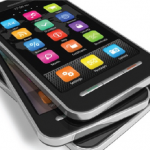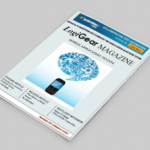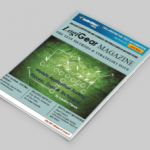In today’s mobile-first world, a good app is important, meaning an effective Mobile Testing strategy is essential.
We recently started working with a new client on a Mobile Testing project. As with many mobile-first and mobile-only companies, their first question was how to develop a Mobile Testing strategy for ensuring quality in this constantly shifting mobile landscape. For starters, building out a Mobile Testing strategy requires several dimensions including:
- Functional
- Platform Compatibility (OS/Devices)
- Network Variances
- Performance
- Test Automation
- Integration
- Usability and User Experience
Each of these mobile QA and test strategy dimensions are summarized below.
Mobile Functional Testing
When you approach Mobile Functional Testing, you need to start with the type(s) of mobile application (Pre-Installed Mobile Applications, Native Mobile Applications, Mobile Hybrid, Mobile WebApp, Mobile Website, etc.) you’ll be working on and then build out the important characteristics to be tested for each type. Functionality is assumed across platforms, but there are many other platform specific functionality differences and considerations.
Mobile Platform Compatibility
Because a mobile application must be compatible with native device features and not interfere with or inhibit common functions, mobile QA needs to incorporate the capabilities and limitations of different device/OS platforms in order to differentiate defects from platform limitations. With so many permutations and combinations to test, it’s critical to have a strategy for prioritizing the combinations to be tested. With such a large number of test permutations, simulators and remote devices provide reasonable alternatives. In the end, you’ll need a combination of real, emulated, and remote devices and have to figure out when it’s best to use each option.
Network Variances
One of the special aspects of Mobile App Testing is that it involves more than the mobile phone or application. Network configurations can significantly impact your application’s performance and impact your test environment. Network variations including 2G, 3G, 4G, LTE, CDMA, GPRS, GSM, HSCSD, SIM, and WAP should make up a critical part of your test matrix depending on your target market. Adding 5G will only increase complexities.
Mobile Performance
Performance is much more complicated with mobile applications as the pieces are disjointed and not well integrated. There are 3 main components: server, network, and mobile device with application. You need to be cognizant of each component while determining your strategy based on the type of mobile application discussed above. Many don’t prioritize Performance Testing as they should, only to realize way too late.
Mobile Test Automation
As with regular Automation, Test Automation for mobile follows the same rules; it makes no sense to automate where it’s not economical. Don’t automate tests that aren’t run often or tests that will need to be changed frequently due to an application that is changing often. There are many Automation tools available, some open source and commercial. In the end, Mobile Automation concerns are much deeper than tools.
Integration
With the popularity of wearables and IoT devices, the importance of integration comes to the forefront. Almost all wearables are dependent on the mobile smartphone as a communications and processing hub. Inherent in their functionality is communication with the smartphone either through WIFI, Bluetooth or NFC, and sometimes a combination. The usage of these interfaces and the gathering of data broadens the concerns for security and privacy.
Usability and User Experience
Getting a product out that is functional is not enough. Touch enabled and haptic interfaces make the interaction between the user and the device more direct and personal. The distance between user and device is reduced not just physically but also emotionally, and users create a relationship with the device, hence the importance of user experience in mobile applications.
Summary
If you’re developing a mobile app, you probably didn’t realize all the things that go into assuring its quality. In the end, it takes more than the ‘wow’ factor in screen design.




















